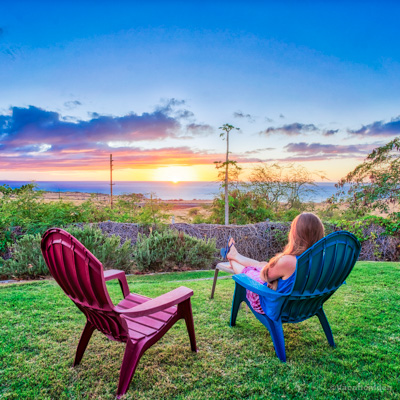Best Places to Visit in Florida

Searching for the best places to visit in Florida? Well, you are in the right place! I've been visiting the "The Sunshine State" and its whopping 825 miles of sandy beaches for forty years, but especially since we've moved to the South. My article is a long one because it includes (at least) 200 things to do in these areas, and I hope you love it too.
- Best Time to Visit Florida
- How to Get to (and Around) Florida
- Where to Go in the Florida Keys
- - Key West
- Best Places in Florida on the Atlantic Coast
- - Miami - Delray Beach
- Best Florida Places to Visit on the Gulf Coast
- - Destin - Venice - Bonita Springs - Tampa - Marco Island
- Other Amazing Day Trips in Florida
- - Orlando - Mount Dora - Gainesville - DeLand - Wakulla Springs - Lake City
Best Time to Visit Florida
Over my 30 years of returning to Florida, I found that it really depends on what part of Florida you’re exploring...it’s a big state with all kinds of weather. Key West is tropical, South Florida is perfect for warm-weather day trips, but higher up in northern Florida you get real winter months in January and February so swimming in the ocean (or natural springs) is out of the question.
That's why, for comfortable temperatures and least crowds, go between March and May or September and November. I also think December through February is a great window for a weekend getaway to Key West which is much further South and tropical (prices are high but generally it's still much cheaper than Hawaii and other tropical islands!).
How to Get to (and Around) Florida
- By Air: Florida is very easy to reach by plane, landing at Orlando International (MCO), Miami International (MIA), Fort Lauderdale-Hollywood (FLL), and Tampa International (TPA).
- By Car: Larger Florida cities have good public transportation, but I love driving with windows down, enjoying the view.
- By Train: There's Amtrak service connecting several Florida cities, including Orlando, Tampa, Miami, and Jacksonville. Brightline is another great option, if you want to go between Miami, Fort Lauderdale, West Palm Beach, and Orlando. I found it’s a relaxing way to travel if you’re sticking to major cities, though personally I prefer the flexibility of a car!
Where to Go in the Florida Keys
For me, the Florida Keys are easily the most unique and exciting place in all of the U.S. Where you go will depend a lot on how much time you have to spend on vacation. You can fly directly to Key West International Airport and base yourself in Key West of a relaxing 3-day weekend. Or for a longer road trip, we like to fly to Miami, and drive south down the famous scenic highway and make multiple stops.
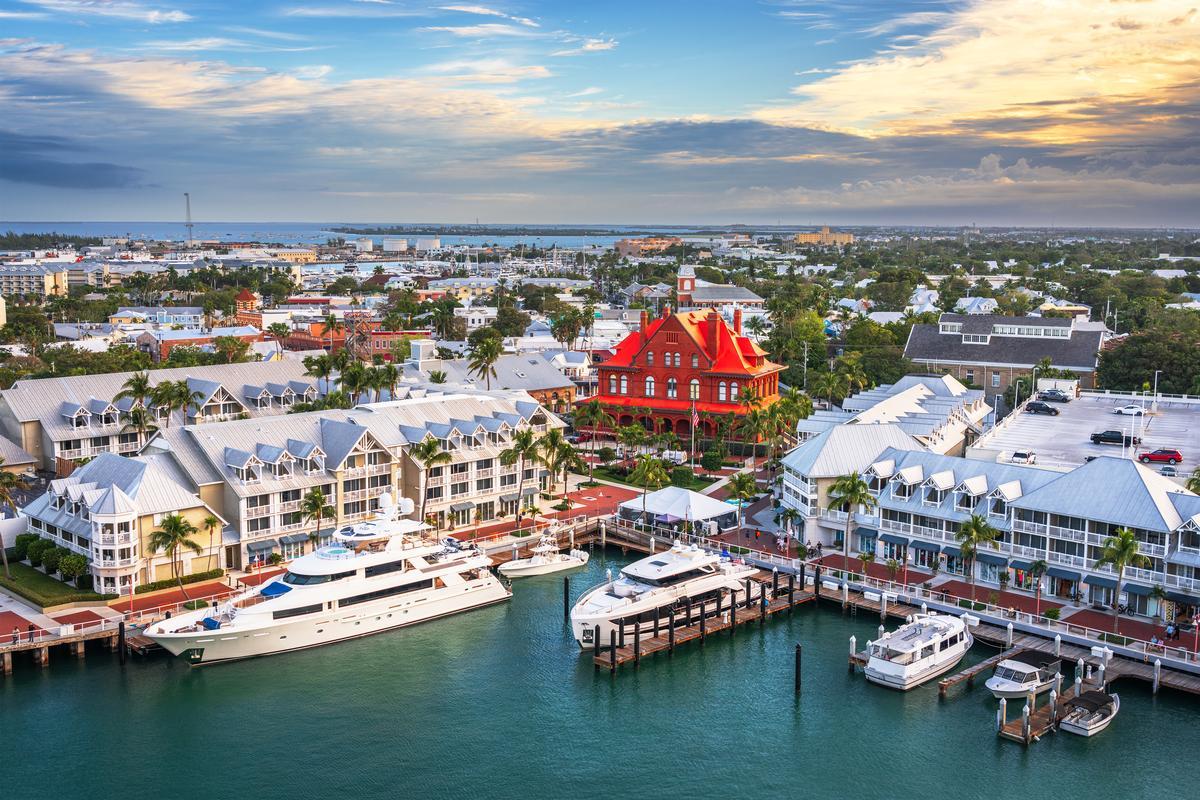
Key West
This Florida Keys city is one of my absolute favorite Florida getaways, my #1 place to visit in Florida. Every time I go, I’m amazed at how much fun this little island packs in! I love that I can go snorkeling in the morning, have a casual lunch at a cafe, relax on the beach, get a spa treatment, then stroll through Old Town’s streets before ending the day with fresh seafood!
Last month, we caught the Key West Express ferry from Fort Myers (about 3.5 hours, $95–$125 one way) and stepped right into Old Town’s lively streets. It was late in the day, so we checked into 2-star Ibis Bay Beach Resort, a cool place with 600 feet of white beach and hammocks for everyone!
After dropping off the bags, we were hungry. Luckily, one of the coolest things about Key West is the food scene, and I can’t talk about it without mentioning two of my favorite spots that completely won me over. The Stoned Crab is an awesome waterfront restaurant where I indulged in the freshest seafood—think stone crab claws, oysters, and fish caught that very morning.
We spent the rest of the day just relaxing on the beach, sunset included! Next day, breakfast was at La Crêperie French Café, which quickly became my go-to for breakfast and brunch. It’s a hidden gem tucked into a cozy corner of the island, and the crêpes are honestly some of the best I’ve ever had...anywhere.
After breakfast, I spent an hour at Books & Books at The Studios of Key West, another highlight for me! Then we headed to Duval Street (about 10-15 mins on foot from the bookshop) and just enjoyed strolling around for a while. We stopped at Hemingway Home just around the corner for a bit of history and I loved it (Tours start every 15 minutes, $19 for Adults, no reservations needed!).
I wanted to mention that I timed my visit last month during Fantasy Fest, a 10-day costumed extravaganza, which was a great idea.
What I loved best:
Mallory Square at sunset is always my personal highlight because there's great people watching and each sunset is unique but you should know that it can get more crowded than you'd expect (this can be tough if you have little kids!).
Best Places in Florida on the Atlantic Coast
Next are my favorite places to visit along the Atlantic Coast, organized South to North because we usually land in Miami and start our road trip from there.
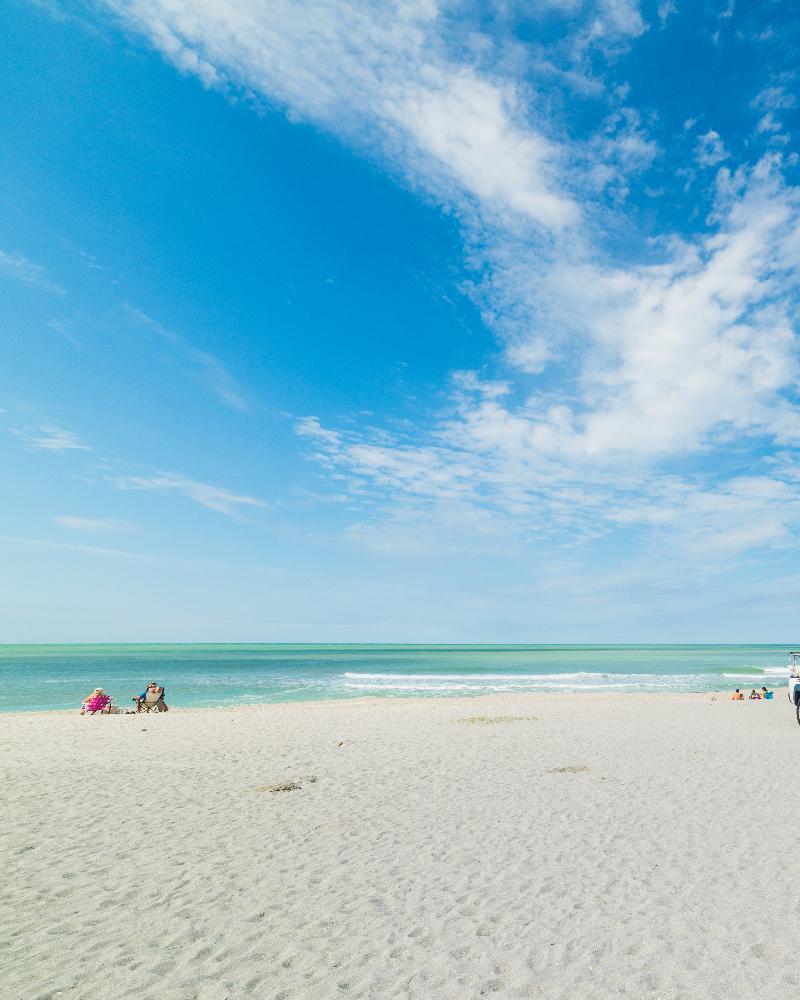
Miami
We absolutely love Miami (my #2 place to visit in Florida), and have been many times. This is one of the most dynamic coastal destinations I’ve ever visited (in the whole world!) and one of my absolute favorite places to visit on in Florida. We checked in for a four day stay at The Betsy South Beach after flying in from Austin, Texas.
To get you up to speed, basically, Miami is made up of several distinct neighborhoods, each with its own vibe. I think that’s a big part of what makes it so special but I have to warn you if this is your first vacation to Miami, the city is spread out with an overwhelming amount of things to do. We've been coming back for years and I still have to take a beat to orient myself because Miami has been evolving so fast. I highly recommend joining a tour with a local guide to get up to speed fast. Luckily there are lots of great tours to choose from in Miami.
We spent our first morning exploring the city’s creative side at the Pérez Art Museum Miami (PAMM), with its hanging gardens and open-air terraces overlooking Biscayne Bay. We had lunch nearby, then checked out Wynwood for murals, cafés, and indie shops. In the afternoon, we checked out an innovative exhibition at Laundromat Art Space, a cool artist-led organization.
Dinner at LT Steak & Seafood, The Betsy's flagship restaurant was my personal highlight. I especially enjoyed their raw bar and delicious seafood.

Delray Beach
This is one of my favorite places to visit in Florida (#3) when I want a walkable downtown, artsy corners, and a great beach to watch a scenic sunrise.
A pleasant 30 minute drive north from Fort Lauderdale brought us straight into the heart of the city on an easy family-friendly day trip. There’s also a convenient Tri-Rail and Brightline station nearby, making it a great option if you want to avoid driving altogether.
First thing after we arrived, Chris, our son and I loved relaxing on the beach for a while. When we got hungry after, we loved getting to know the city's culinary side.
I was happy to discover that dining in Delray Beach is diverse and delicious, from coastal favorites on A1A to cute bistros downtown. Close to the beach, my favorite is Deck 84 offering waterfront views.
Next, we headed to Wakodahatchee Wetlands for boardwalk wildlife viewing, my favorite highlight.
After, we loved exploring the tranquil Morikami Museum and Japanese Gardens just a short drive away.
For dinner, don’t miss Burt & Max’s in West Delray serving elevated comfort food, perfect for a romantic night out.
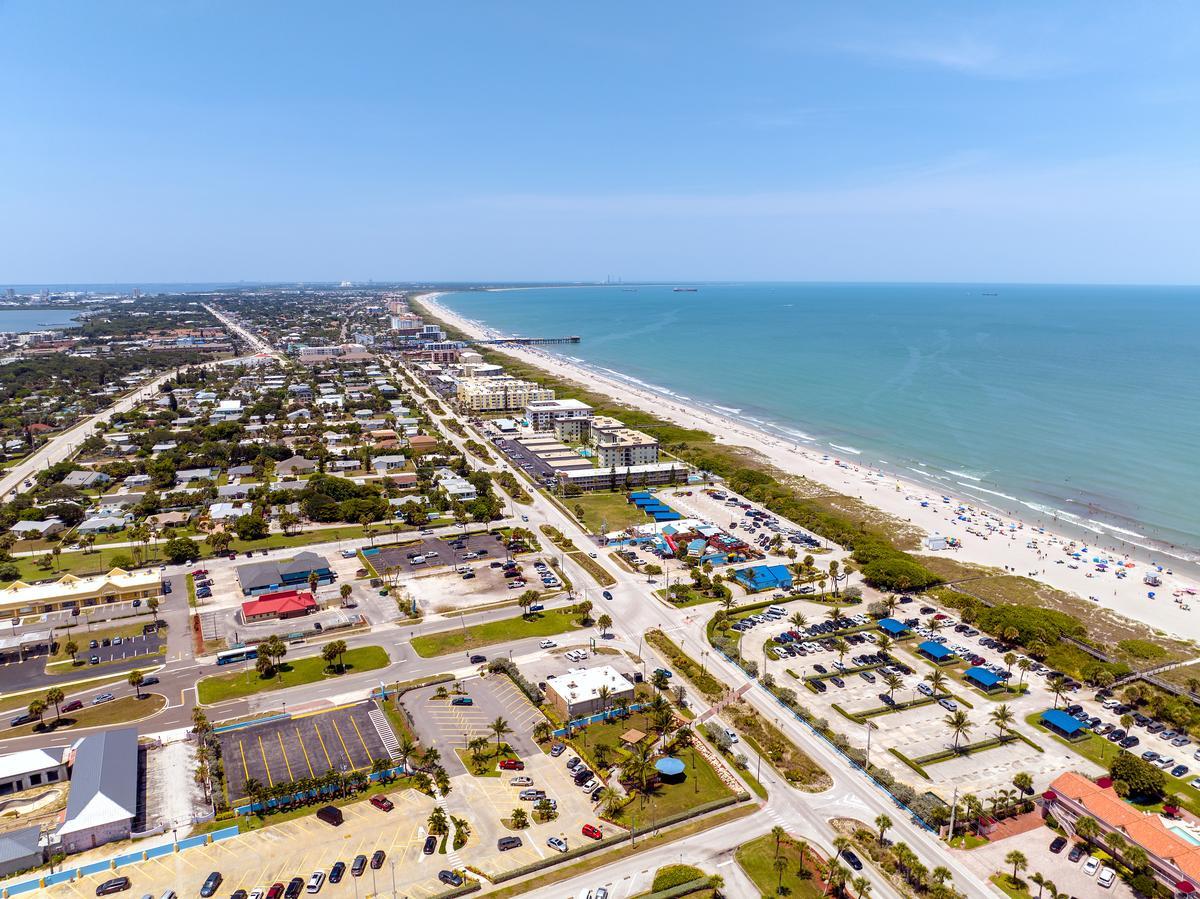
Cocoa Beach
This town is one of my favorite Florida day trips when I'm in the mood for a nostalgic vibe, sunny beaches, and that classic surf-town charm that feels quite retro. It's my #4 place to visit in Florida.
A smooth 2 hour drive from our last stop in Delray Beach brought us right into Cocoa Beach where we spend two relaxing days at Hilton Cocoa Beach Oceanfront (from $167/night).
We headed to the iconic Cocoa Beach Pier first, where you'll find most restaurants, bars, and surf shops. Lori Wilson Park was our second stop for its nature trails and family-friendly amenities.
After lunch, The Florida Surf Museum (adult $5 donation) was a highlight for me personally, because it's so authentic and rooted in local culture (plus it reminded me of the years we lived in Hawaii).
If you've never surfed, this is the perfect time for a beginner surf lesson at the famous Ron Jon Surf Shop. You can also rent paddleboards, or fish off the pier.
Next day, families shouldn’t miss the Kennedy Space Center Visitor Complex just up the road, while nature lovers can spot manatees and dolphins on a kayaking tour through the Thousand Islands mangrove area.
What I loved best:
For me, Cocoa Beach has been one of the best places to visit in Florida since my first trip 30 years ago because it offers a little bit of everything. Catching a rocket launch from the beach with my husband and son was a truly unforgettable sight and my favorite highlight!
A downside? Parking near the pier can be tricky on weekends, and the crowds sometimes felt overwhelming. You should plan to arrive early in the day if you want a relaxed start.
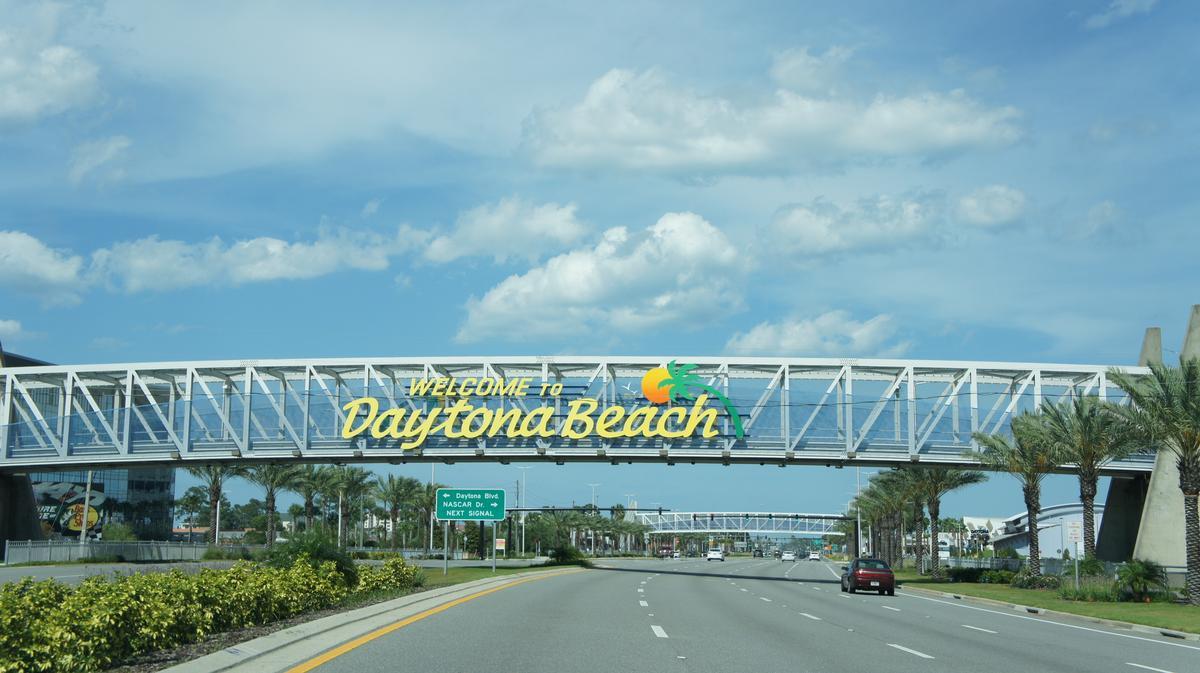
Daytona Beach
Ready for a history-rich seaside escape? Check out Daytona Beach, my #5 place to visit in Florida, a destination with deep roots in motorsports, and old-school Florida atmosphere.
Last time I timed my visit for the start of sea turtle nesting season and the colorful Halifax Art Festival, both of which brought extra magic to the coast.
Driving up from Cocoa Beach for about one hour and 25 minutes, we soon settled into the chic Max Beach Resort (about $193/night), our seaside home for five slow, sun-drenched days filled with barefoot morning walks, sunset cocktails on ocean-view terraces, and visiting the excellent Museum of Arts & Sciences (MOAS) — a must-see with its planetarium (my son's favorite!), exhibits, and lush Tuscawilla Preserve.
What I loved best:
Dinner with a view at Ocean Deck Restaurant & Beach Bar was my personal highlight - I had delicious Rasta Chicken Quesadillas (Seasoned Chicken with melted Cheddar and Jack cheese, Sautéed Mushrooms, Onions, Diced Tomatoes on a Flour Tortilla, Salsa and Sour Cream.
Best Florida Places to Visit on the Gulf Coast
If you prefer the beaches on Florida's Gulf Coast, I don't blame you. I love them too - I live in Texas and all our beaches are on the Gulf coast. Here are all my favorite Florida Gulf Coast stops, ordered from north to south.
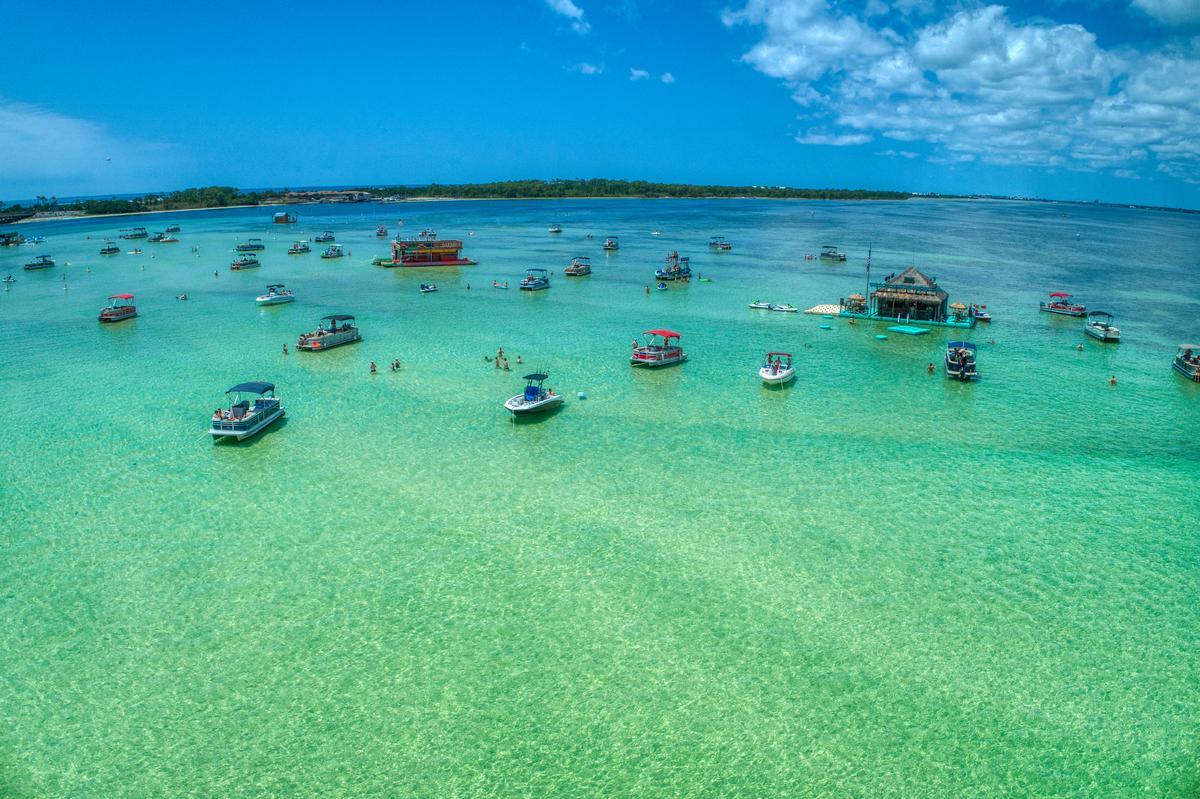
Destin
Emerald-green waters, sugar-white beaches, dunes...I thought Destin (my #6 place to visit in Florida) was one of Florida’s most stunning Gulf coast destinations and it quickly became one of my favorite places to go on vacation when I moved to the South.
In fact, to me the water didn’t look real at first, too clear, too green. I stood at Henderson Beach State Park on the Gulf, toes in sugar-white sand, and just stared.
A drive along the Emerald Coast Parkway brought me to this lively beach town where we stayed at Henderson Beach Resort for two relaxing days. First, we enjoyed lounging on the soft sand at Henderson Beach, then wandered along the boardwalk at Destin Harbor. Next day we were up early, went snorkeling and then paddling a kayak.
If you are staying for a few days, I also recommend Beach Sand Sculptures, a mobile sand-sculpting class where you’ll learn pro tips like the correct sand-to-water ratio and build a sand sculpture a few feet high!
What I loved best:
Dinner overlooking the water at Boshamps was my personal highlight.
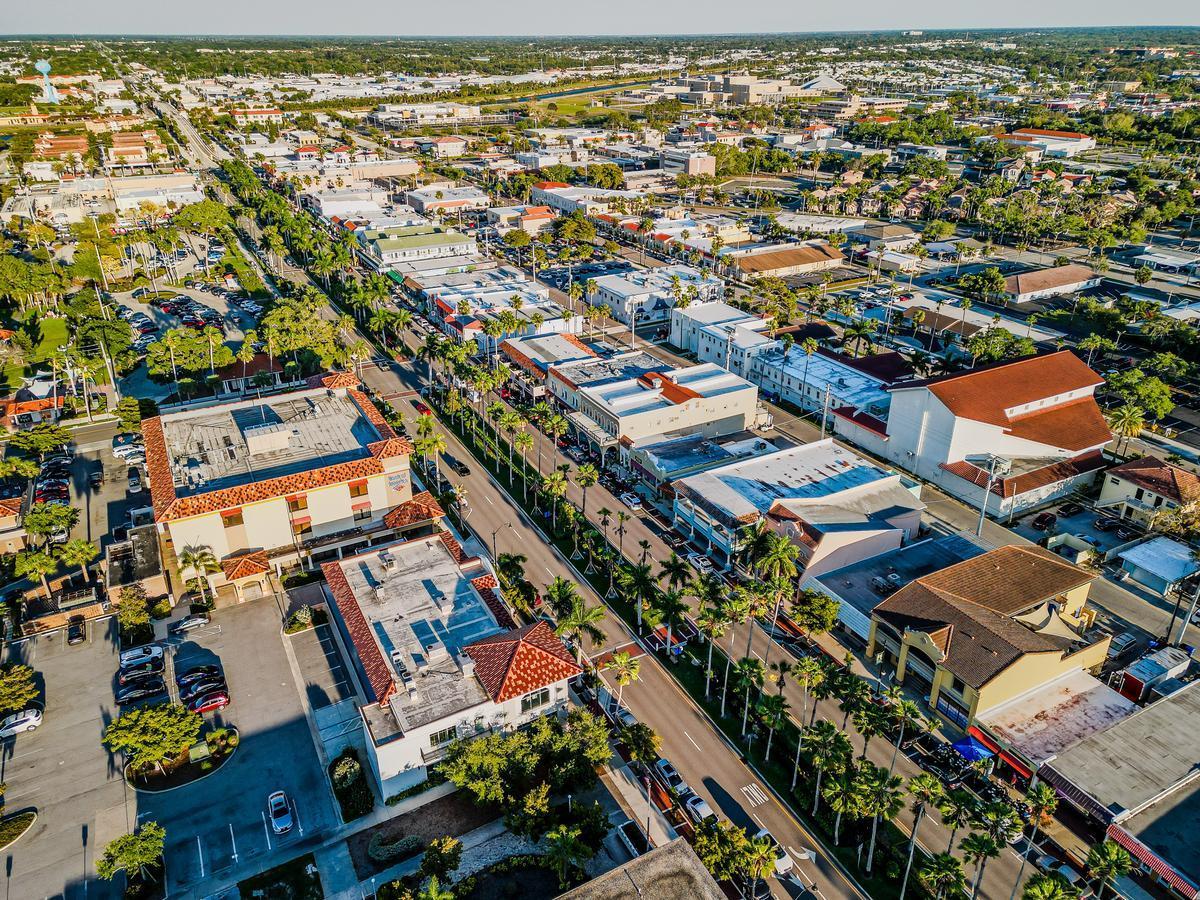
Venice
This is one of my favorite places to visit on the Gulf Coast (#7 in Florida!) because of its turquoise Gulf waters, soft sand, and super peaceful nature preserves.
We pulled into town late in the afternoon and checked into the 3-star Inn at the Beach for two care-free days.
We headed to the beach first, walked on the sand and admired shells and fossil fragments along Venice Beach. We especially enjoyed walking along the wide pier at sunset!
Sharky’s on the Pier was my favorite for fresh seafood with a view at night.
Breakfast next day at Croissant & Co. was my local favorite.
After, we discovered the mangrove-lined Intracoastal Waterway on a kayak tour first thing in the morning. Afternoon was spent exploring the shaded trails of Oscar Scherer State Park.
A downside? This place felt quieter than other Florida beaches which I loved, but if you’re seeking nightlife or big entertainment, you may find evenings here a little slow.
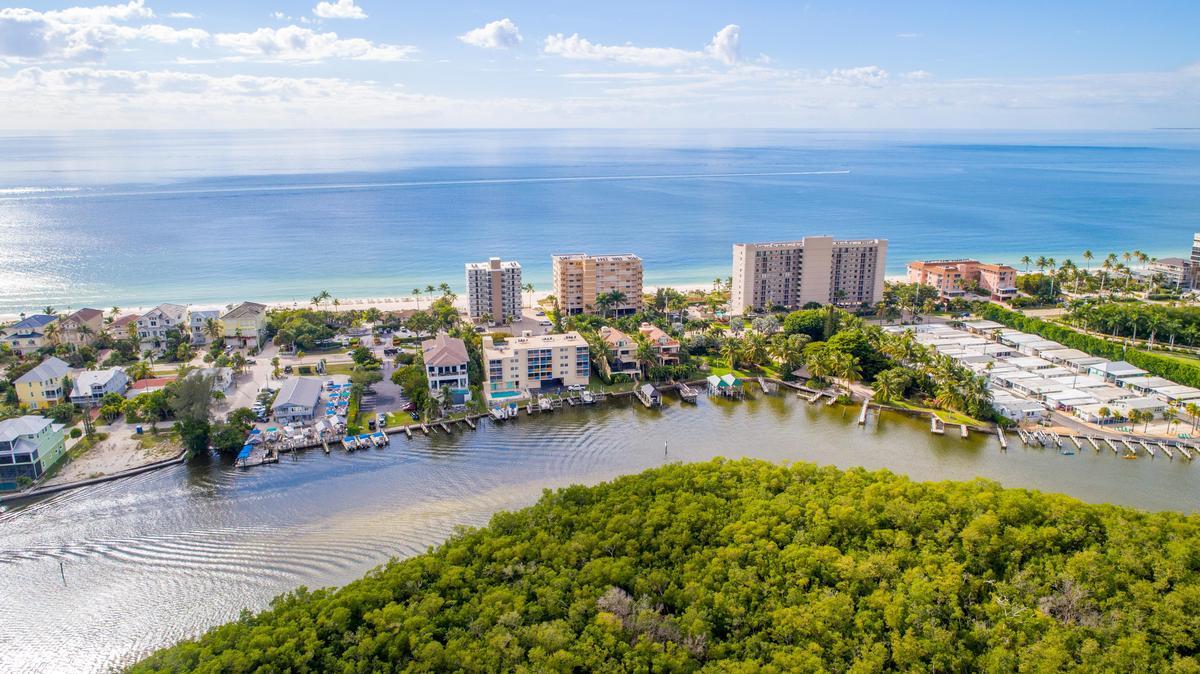
Bonita Springs
This is one of the most naturally stunning places I’ve explored in southwest Florida, one of my absolute favorite Florida day trips and my #8 place to visit in Florida! If you’re in the mood for a laid-back getaway that still offers plenty to do, Bonita Springs is truly an amazing pick!
After a smooth 1-hour drive south from Venice, we based ourselves at Hyatt Regency Coconut Point Resort & Spa for three care-free days.
First, we enjoyed floating in the calm turquoise water at Bonita Beach, had lunch, then walked along the boardwalk trails at Barefoot Beach Preserve where we also had a great sunset.
Dining in Bonita Springs is coastal and casual with plenty of fresh seafood. Try Doc’s Beach House right on the sand for a toes-in-the-sand meal, or enjoy upscale dining with Gulf views at C Level Bistro & Wine Bar. For local flavor, My personal highlights were floating in the calm Gulf waters at sunset, and spotting dolphins just offshore.
This incredible city is one of my favorite places to visit in Florida (#9 overall) because it offers an incredible mix of coastal relaxation, great public transportation, and easy-to-plan adventures.
We flew in from Austin based ourselves at 4-star JW Marriott Tampa Water Street for seven days.
Fist, I enjoyed walking along the Tampa Riverwalk, then exploring the colorful streets of Ybor City where we also stopped for a delicious lunch.
After, we enjoyed relaxing in the sunshine at Curtis Hixon Park, and ending the afternoon watching boats glide across the wide blue expanse of Tampa Bay.
Next day visiting Big Cat Rescue was unlike anything else on my Tampa itinerary and I absolutely loved it! It’s not a flashy zoo, instead, it’s a sanctuary, and you feel that difference right away.
Ready for a flavorful afternoon out next? Check out Tampa Bay Food Tours, a real standout. From tapas or coastal bites, each stop feels curated and the guides add context that turns a simple meal into a mini-adventure through the region’s culture.
On our thirst day, my son and I visited the Tampa Museum of Art, Florida Aquarium, but he was most excited by Busch Gardens Tampa Bay (he loved the roller coasters and animal encounters).
What I loved best:
I had a great Cuban sandwich at Columbia Restaurant in Ybor City, oysters at Ulele on the Riverwalk, or creative small plates at Rooster & the Till in Seminole Heights, all my favorite highlights!
I thought this was one of the most peaceful and tropical-feeling destinations on the Gulf Coast, my #10 place to visit in Florida! Locals told me that it's the largest of Florida’s Ten Thousand Islands .
After a 2.5-hour drive south from Tampa, we crossed the bridge onto this sunny barrier island and checked into 4-star JW Marriott Marco Island Beach Resort for three nights.
I spent my first day relaxing at South Marco Beach, looking for shells along the quiet tidal edges. There were so many excellent dining choices when we got hungry. Snook Inn was best for a casual meal on the water, Fin Bistro for a more refined experience, or Doreen’s Cup of Joe for a standout breakfast.
On our second day we paddled through mangrove tunnels in Rookery Bay. Later, we caught dolphins playing just offshore (there are some great dolphin tours to choose from which I highly recommend!).
What I loved best:
One morning we drove to Tigertail Beach Park which offers tidal pools, birdwatching, and a wilder, more natural feel.
A downside? Marco Island had a resort feel, which made it more expensive than other coastal towns. You should expect higher prices for lodging and dining, (especially during peak seasons like spring break!). From south to north (so that you can land in Orlando!), these are my favorite places to visit inland in Florida. I love it here because of diverse landscapes and special features like lakes and natural springs... I hope that you will check them out on your own day trip or weekend getaway in Florida.
If you want a city experience with personality and countless things to do, this area is a standout, even if you are not into theme parks. Just a heads up, through, Orlando (my #11 place to visit in Florida) iteself has no ocean beaches, but you can find great beaches near Orlando.
We flew in from Austin in just a few hours and headed to Lake Eola Park first, which quickly became our favorite. You can enjoy walking the loop around the lake, and watch the swan boats glide by.
After, Winter Park completely won me over with its brick-lined Park Avenue, cafes, and charming boutiques.
I thought that evenings were where Orlando truly shined. The food scene is bold and diverse—everything from casual to elevated global cuisine!
What I loved best:
Staying at the lush, lakeside-adjacent Grand Bohemian Hotel Orlando was a standout — I adored the art-filled lobby, rooftop pool with skyline views, and live jazz drifting from the Bösendorfer Lounge.
We accidentally stumbled upon this under-the-radar town on one of our trips years ago. I instantly added it to my list of best places to visit in Florida (#12) because of its lake views, history and a lovely, walkable downtown. It's definitely grown over the years, but I still see it as my secret corner of Central Florida.
Moreover, I think it's a perfect day trip from Orlando to escape the crowds, just 40 minutes northwest. Mount Dora actually has hilly streets (yes, you read that right - a rarity in Florida!). You can stroll through the Historic Downtown District first to get your bearings.
Next, we stopped at The Highland Street Café, then made our way to the Mount Dora Lighthouse and Palm Island Park Boardwalk trust me, the views were absolutely beautiful!). We marveled at the serenity of the sunset over Lake Dora which feels worlds away from Orlando, my favorite highlight.
This North Florida city (my #13 place to visit in Florida) is one of my go-to places when I want a mix of nature, college-town energy, and great food.
We drove about 1 hour and 45 minutes northwest from Mount Dora to Gainesville, and checked into Hotel Eleo (around $146/night) for two days.
We started exploring near the University of Florida campus, had lunch, then spent the afternoon outdoors. Paynes Prairie Preserve State Park completely amazed me—the wide-open views, roaming bison and horses, and dramatic skies which made it feel more like the American West than Florida.
Next day we started by visiting the Cade Museum ($15 Adult admission, $10 for kids, free under 4 years old), picked up snacks at a weekend market, cooled off in a spring just outside of town in the afternoon, and relaxed with live music to end the day.
What I loved best:
Swimming at nearby Poe Springs, Ginnie Springs, and Ichetucknee was my personal highlight because they have some of the clearest waters in Florida.
Just a quick 35 minute day trip west of Daytona Beach, this was such cool underrated Central Florida stop for me personally. It instantly became my #14 place to visit in Florida!
First thing in the morning were spent time exploring Downtown DeLand and sitting outside with a latte.
Next, we went to Blue Spring State Park which was pure magic, especially seeing manatees drifting through the clear water.
Nature truly was where DeLand really stole my heart.
In the afternoon, we checked out Stetson University which added a youthful, historic charm to the town.
One of my favorite Florida day trips is this spectacular hidden gem 2 hours northwest from Gainesville (my #15 place to visit in Florida) that's still relatively unknown to tourists.
Our first stop was the spring itself which is massive, with crystal-clear waters that stay cool year-round. You can imagine that it's a truly refreshing escape on a hot day, and I don't even mind visiting in the summer. I couldn’t believe how affordable it was in June to spend a whole day surrounded by such natural beauty. Next, hop on the famous glass-bottom boat tour which was absolutely the best way to see the magic beneath the water’s surface. Watching fish, turtles, and even manatees glide past felt like something out of a nature documentary, but it was real and right in front of me. Wakulla Springs is located inside Edward Ball Wakulla Springs State Park, which makes it a fun family adventure. Winding through cypress swamps felt so different from any other landscapes I’ve seen in the world! My personal highlight was that this is also a place full of history and movies like "Tarzan" and "Creature from the Black Lagoon" were filmed here. I thought it was so cool to walk the same spots where Hollywood once captured its magic. About 1 hour and 45 minutes east from our last stop in Wakulla Springs, this small city is surrounded by some of the state’s most beautiful freshwater springs. I learned that that's why Lake City (my #16 place to visit in Florida) nickname is Florida’s “Gateway to the Springs.”
We based ourselves at Best Western Plus Lake City for two nights this month. Here, instead of beaches like in coastal Florida towns. you get crystal-clear swimming holes.
The city has a historic downtown which we visited first to get oriented, but the real magic is just outside of town at natural gems like Ichetucknee Springs, Ginnie Springs, and O’Leno State Park, an easy drive away.
My favorite places to eat are Marion Street Bistro for elevated Southern fare, or try the brisket at Phish Heads, or grab a hearty breakfast at Shirley’s.
For me, Lake City is one of the best places to visit in Florida.
The highlight here for me is getting out on the water. Floating down the Ichetucknee River in an inner tube, snorkeling in the crystal-clear springs, and paddling a kayak along the Santa Fe River.
1. Book Your Flight - I use Expedia because I like their mobile app with my itinerary. They've helped me re-book flights on many occasions. Once you reach their Gold tier, support is especially good.
2. Book Your Hotel - I use Booking.com or Expedia, depending on my destination.
3. Book Your Rental Car - I use Expedia.
4. Book your tours on Viator or Get Your Guide.
5. If you are planning to visit more than three national parks in the next 12 months, we've found that buying the America the Beautiful Pass is cost effective.
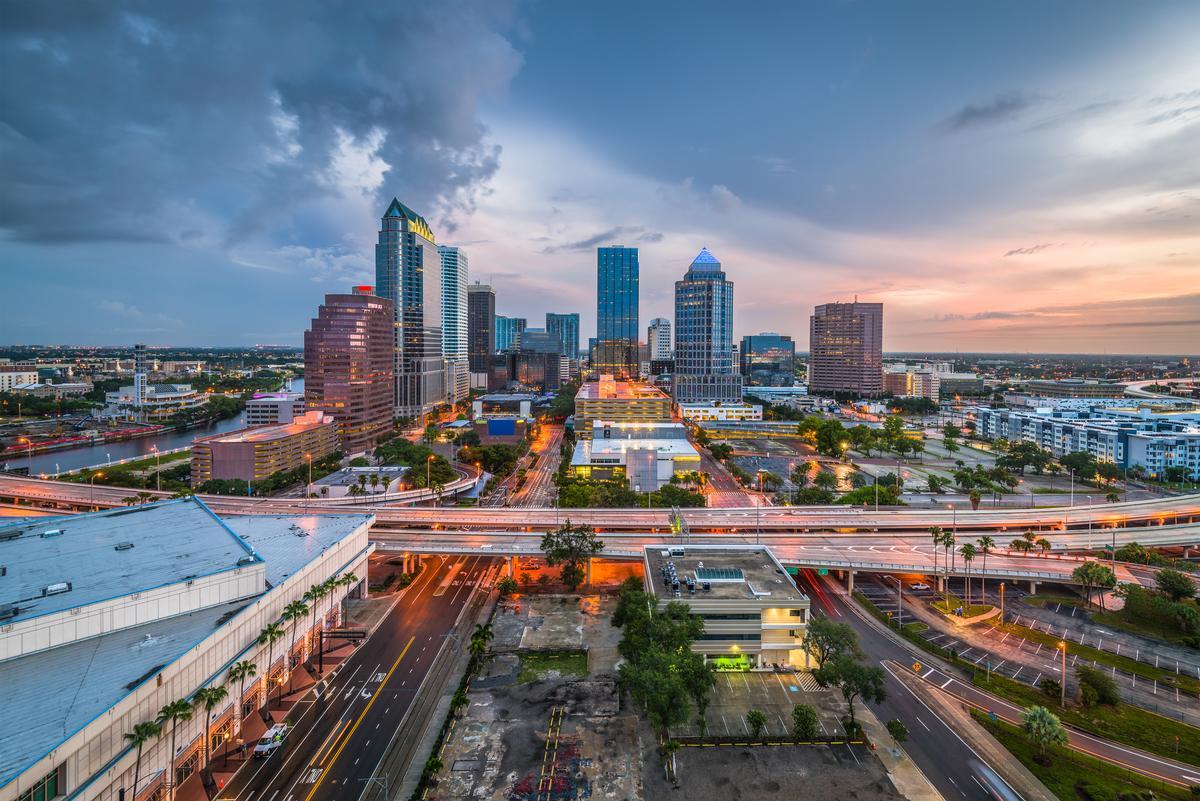
Things to Do in Tampa

Marco Island
Other Amazing Day Trips in Florida
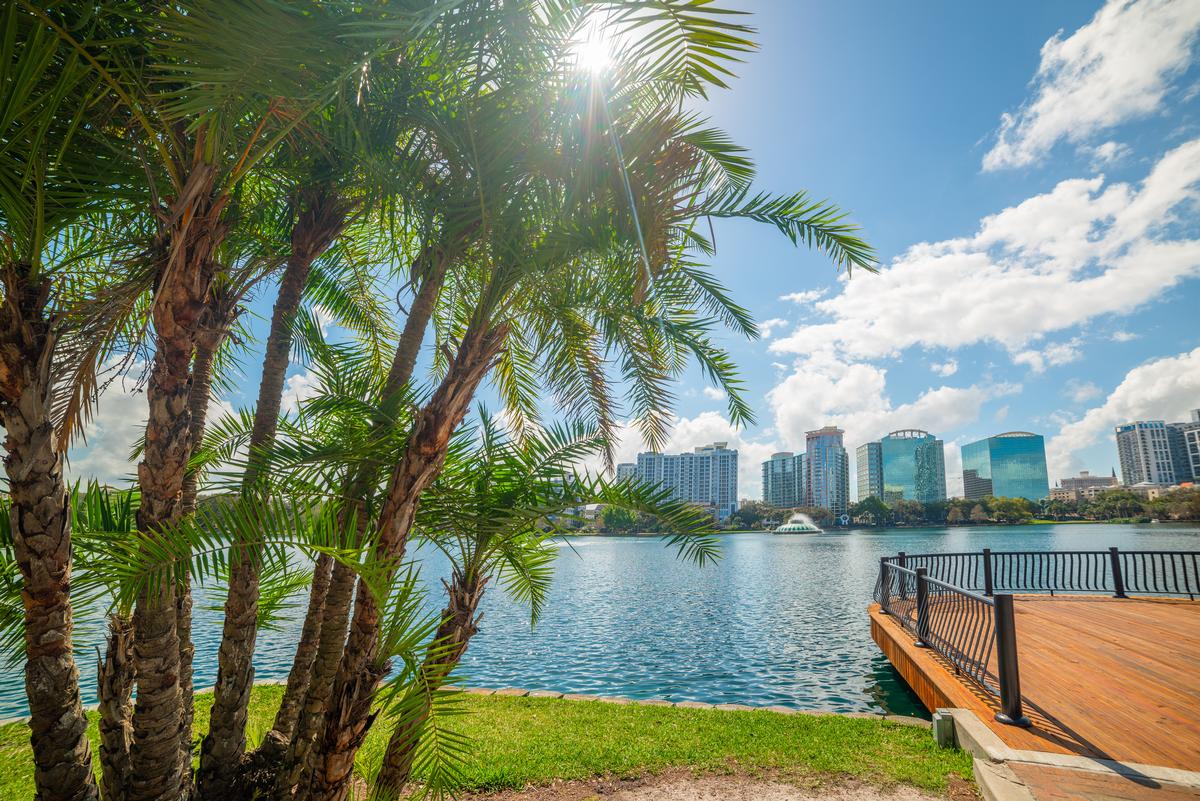
Orlando
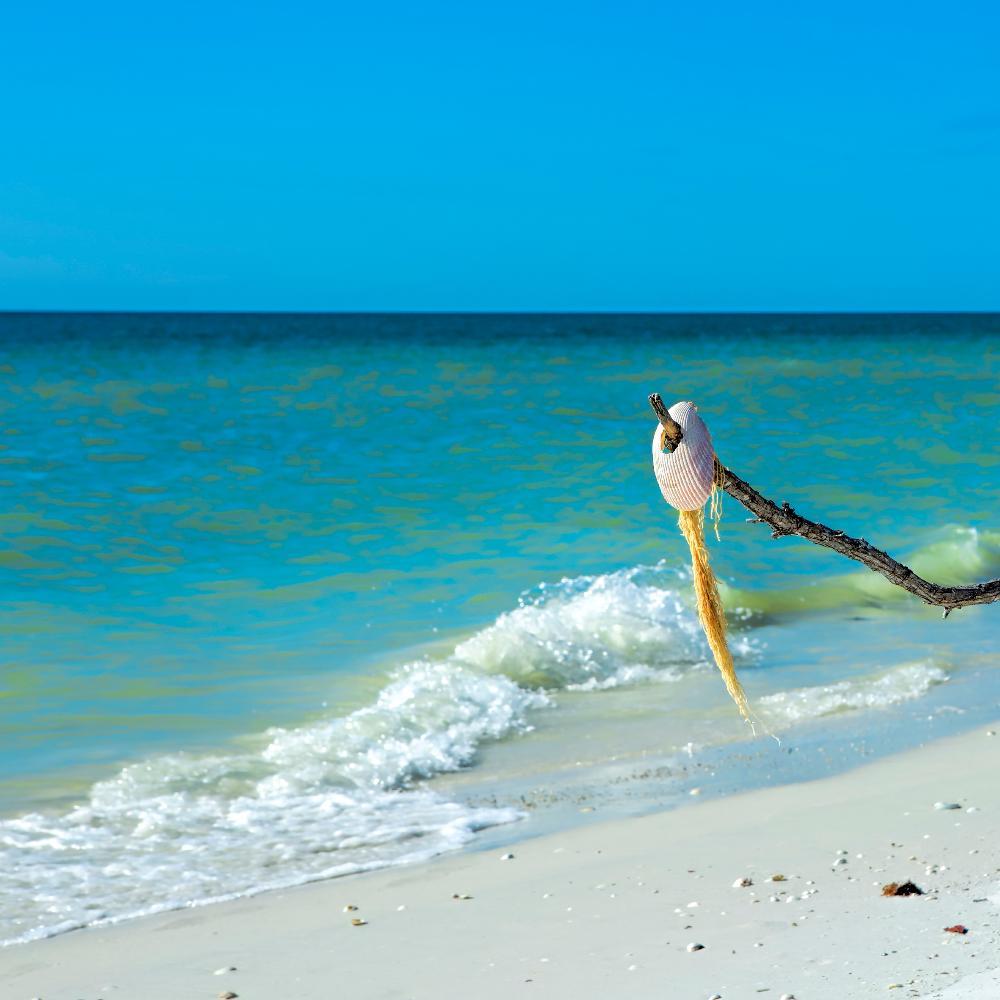
Mount Dora
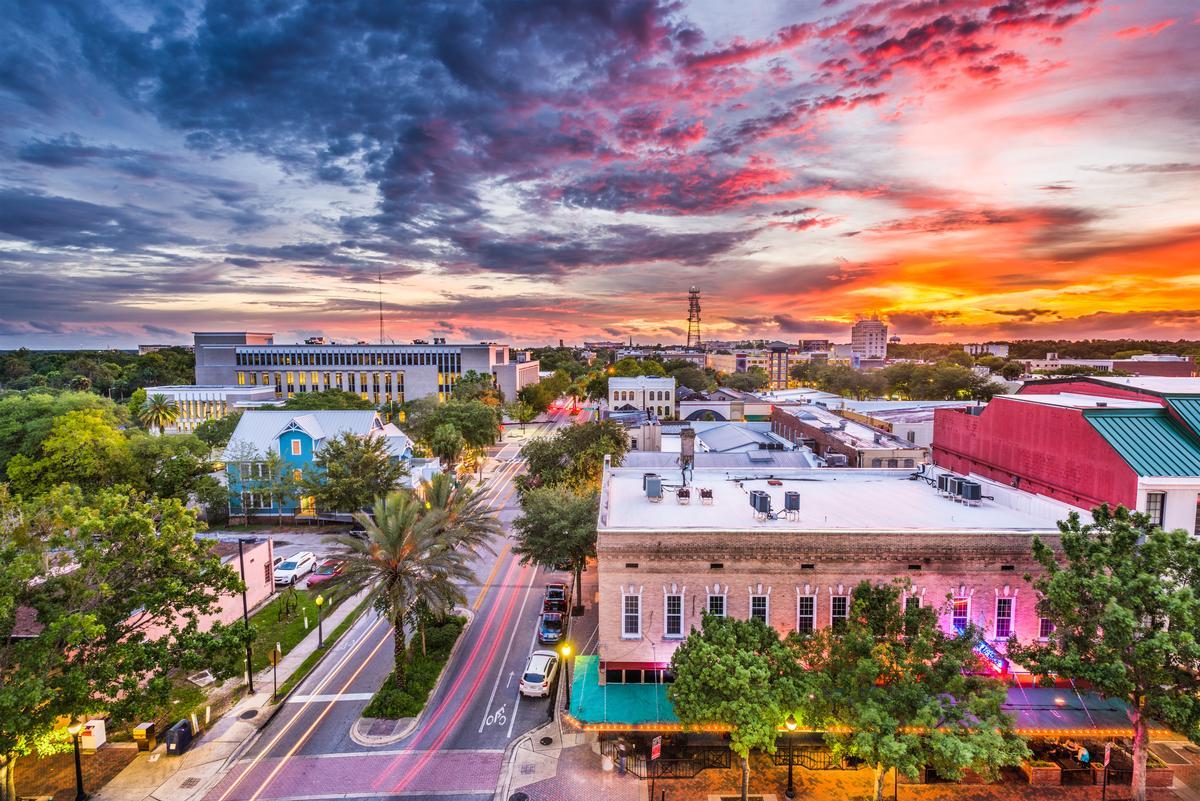
Gainesville
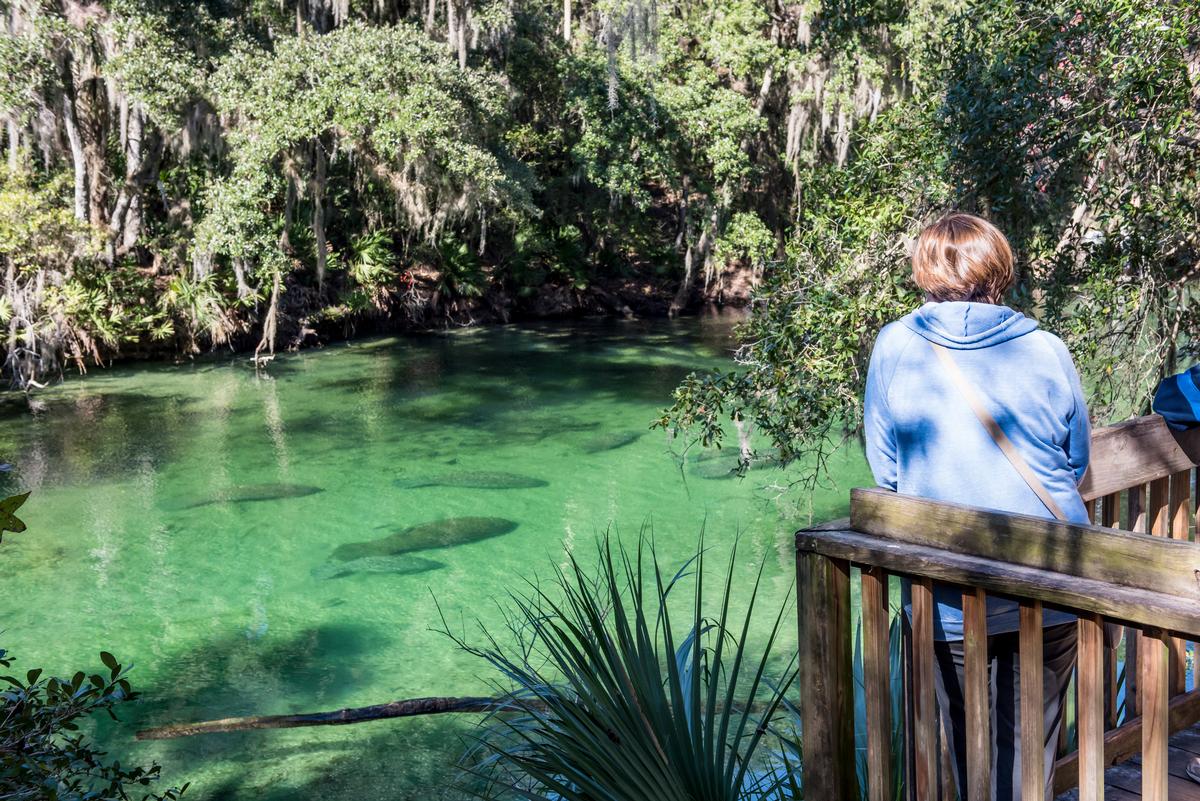
DeLand
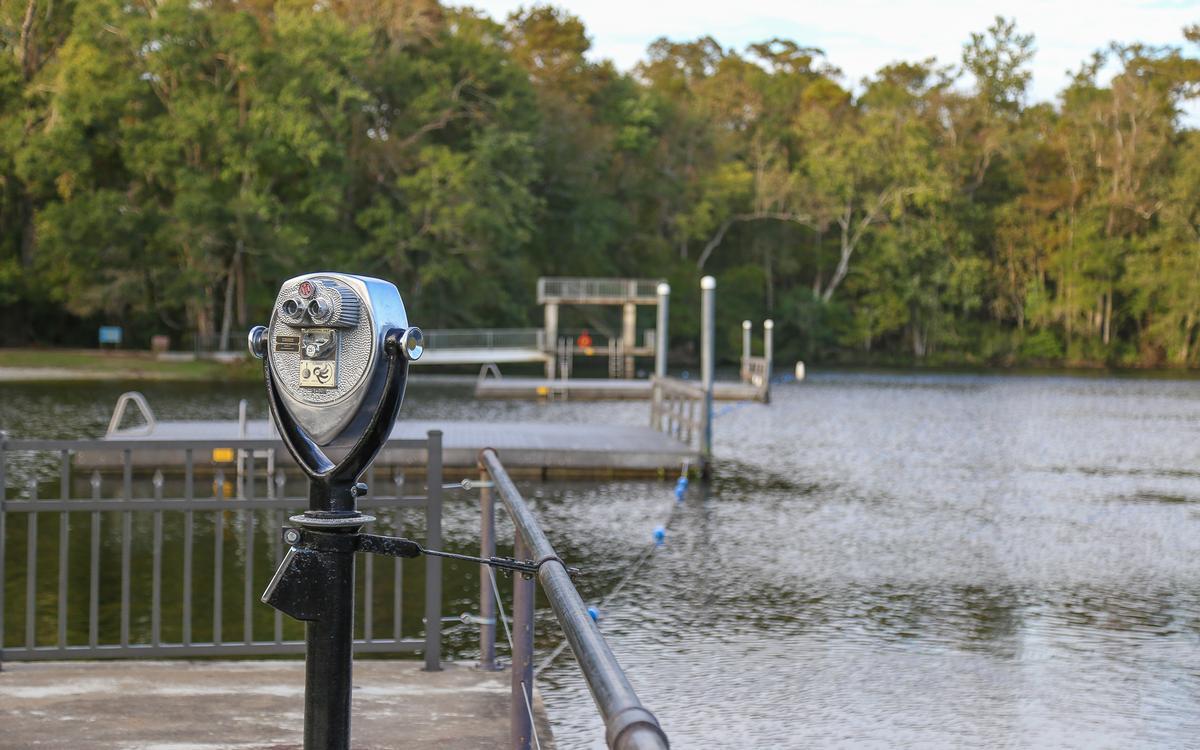
Wakulla Springs

Lake City
Booking Checklist
